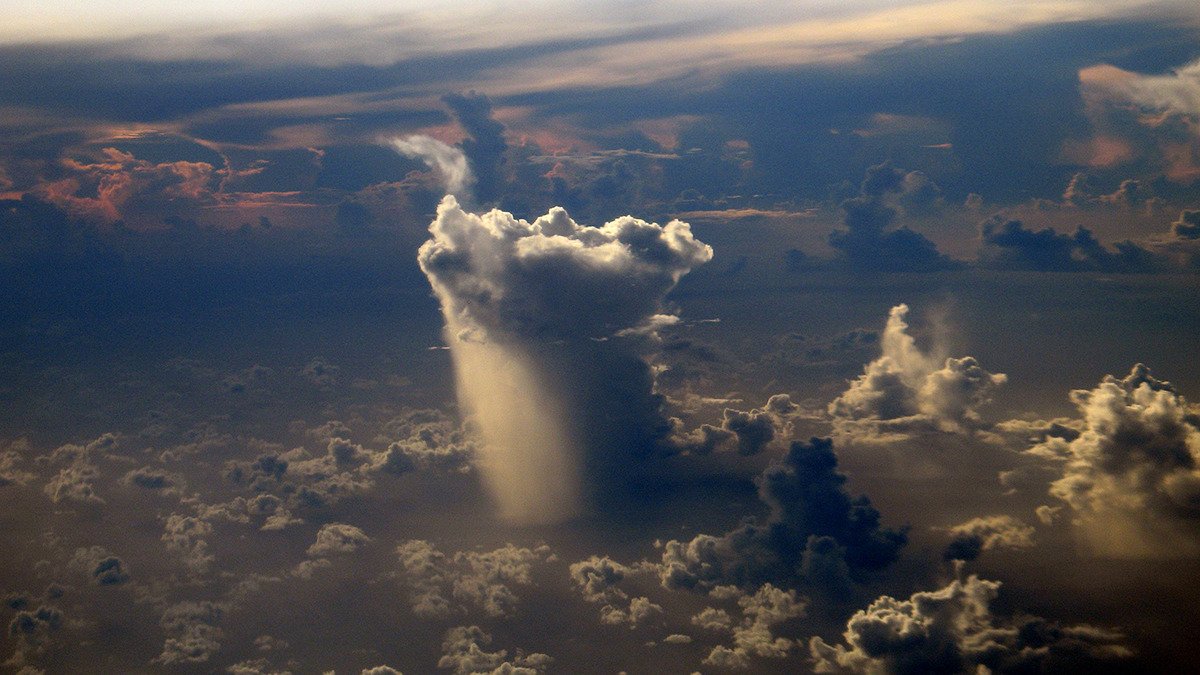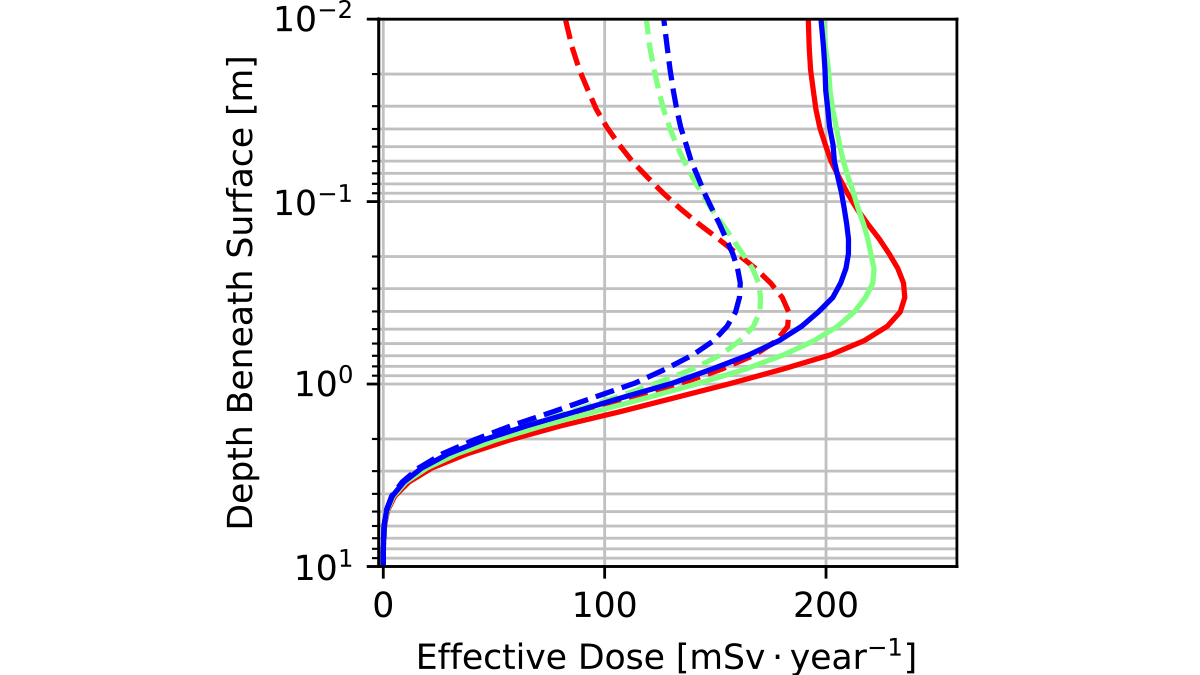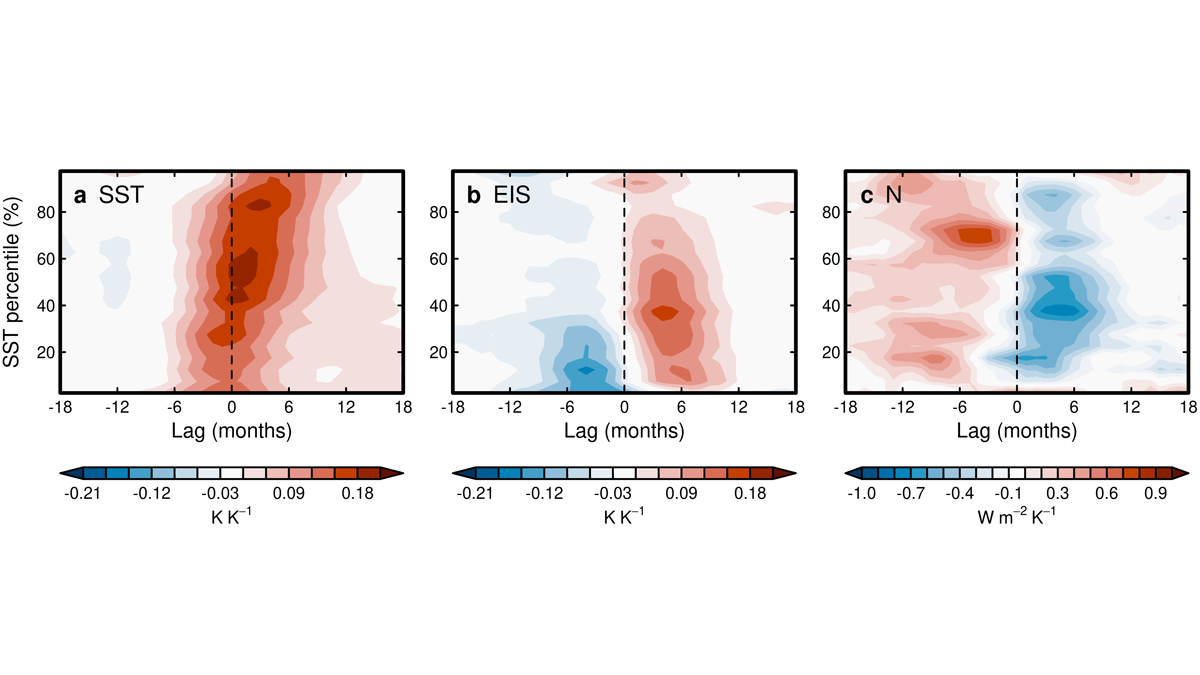Students and faculty at the University of Colorado Boulder use CubeSats to learn more about the near-Earth environment.
radiation
Using Satellite Observations for Attribution of Radiation Changes
Analysis of infrared satellite measurements identifies the climate response to an increase in greenhouse gases in the atmosphere.
Mapping the Moon to Shield Astronauts from Radiation
Scientists are charting landing spots that offer future lunar astronauts protection from the Sun and deep space.
The Complexity of Clouds, Circulation, and Climate
A new book explores the significant influence of clouds on climate via radiation, circulation, and precipitation.
Sensing the Color of Soil for Climate Modeling
The color of soil reflecting the Sun’s rays affects the Earth’s climate and water cycle. Using satellite data that senses many wavelengths improves soil reflectivity estimates, especially in deserts.
What Electrons Can Tell Us About the Speed of Sand
A new sediment tracer uses the interactions between radiation, charge, and the Sun to uncover the hidden transport histories of sand grains.
UV Radiation Contributed to Earth’s Biggest Mass Extinction
To find the first direct evidence of heightened UV radiation during the end-Permian mass extinction, researchers turned to chemical evidence preserved in pollen grains.
Massive Stars May Commit Grand Theft Planet
New simulations show that planets around young, massive stars may have been captured or stolen rather than homegrown.
Life on Mars? Estimating Radiation Risks for Martian Astronauts
New research suggests that to minimize radiation risk for human exploration of Mars, astronauts will need to dig deep for safety.
El Niño-Southern Oscillation and Radiation Two-Way Coupling
Changes in sea surface temperature during ENSO events and radiation are related, suggesting a two-way coupling between sea surface temperature and radiation in coupled climate variability.










